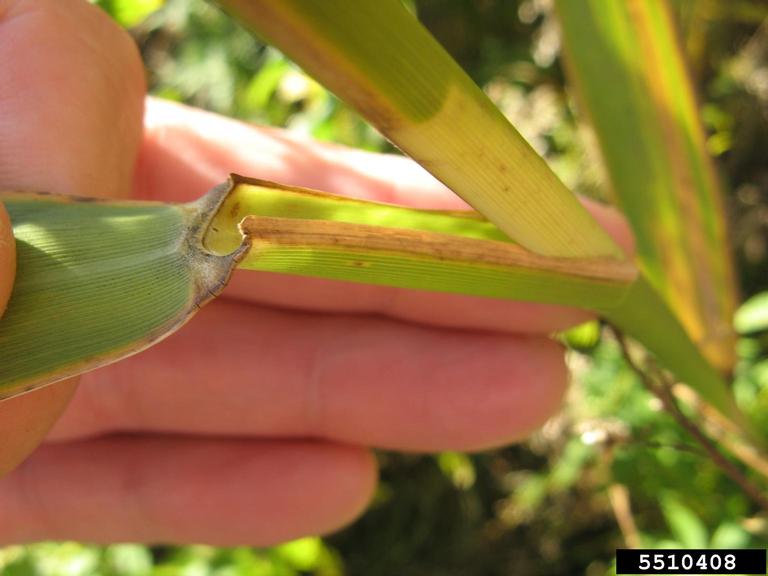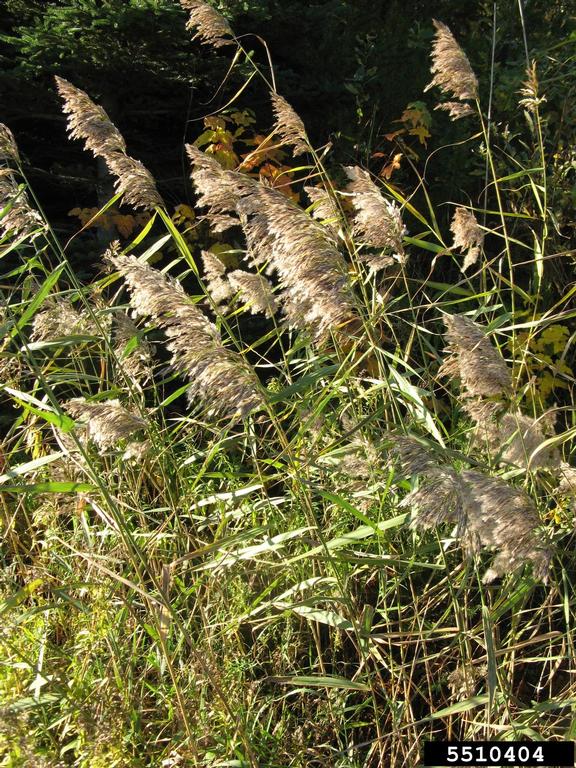Old World Common Reed
Phragmites australis ssp. australis
Plant Description
Old world common reed is a tall, perennial grass that forms dense stands in wetlands, marshes, and riparian areas. This non-native subspecies, introduced from Eurasia, is highly invasive across North America, where it outcompetes native vegetation, alters hydrology, and reduces habitat quality for fish and wildlife. It can grow over 12 ft. tall, with stiff stems, large feathery plumes, and an extensive rhizome system that allows it to spread aggressively both vegetatively and by seed. Once established, old world common reed is extremely difficult to eradicate and requires integrated management combining mechanical removal, herbicide treatment, and hydrologic restoration. A native look-alike species, American common reed (Phragmites australis ssp. americanus), is closely related but much less aggressive.
Plant Details
| Life Forms | |
|---|---|
| Habitats | |
| ODA Listing | |
| Soil and Moisture Conditions | |
| Suggested Actions | |
| Shade Preference | |
| Mature Height | 3-14' |
| Distribution | lower Columbia River islands, tidals flats and Willamette River |
| Control | Manually remove small patches by digging, being sure to remove every rhizome fragment |
| Reproduction and Spread | Root fragments disperse downstream. Seed dispersal by wind, water, and wildlife. |
| Introduced | Native to Africa and temperate areas of Asia and Europe. |
| Look Alikes | Native Phragmites australis ssp. americanus |
| Impact | Aggressive invasive that excludes large wading birds and reduces feeding grounds for birds, reduces habitat for important fish species; can block fish passage; steepens creek banks; can alter soil invertebrate communities; decreases waterfront property values. |
| More Info |


